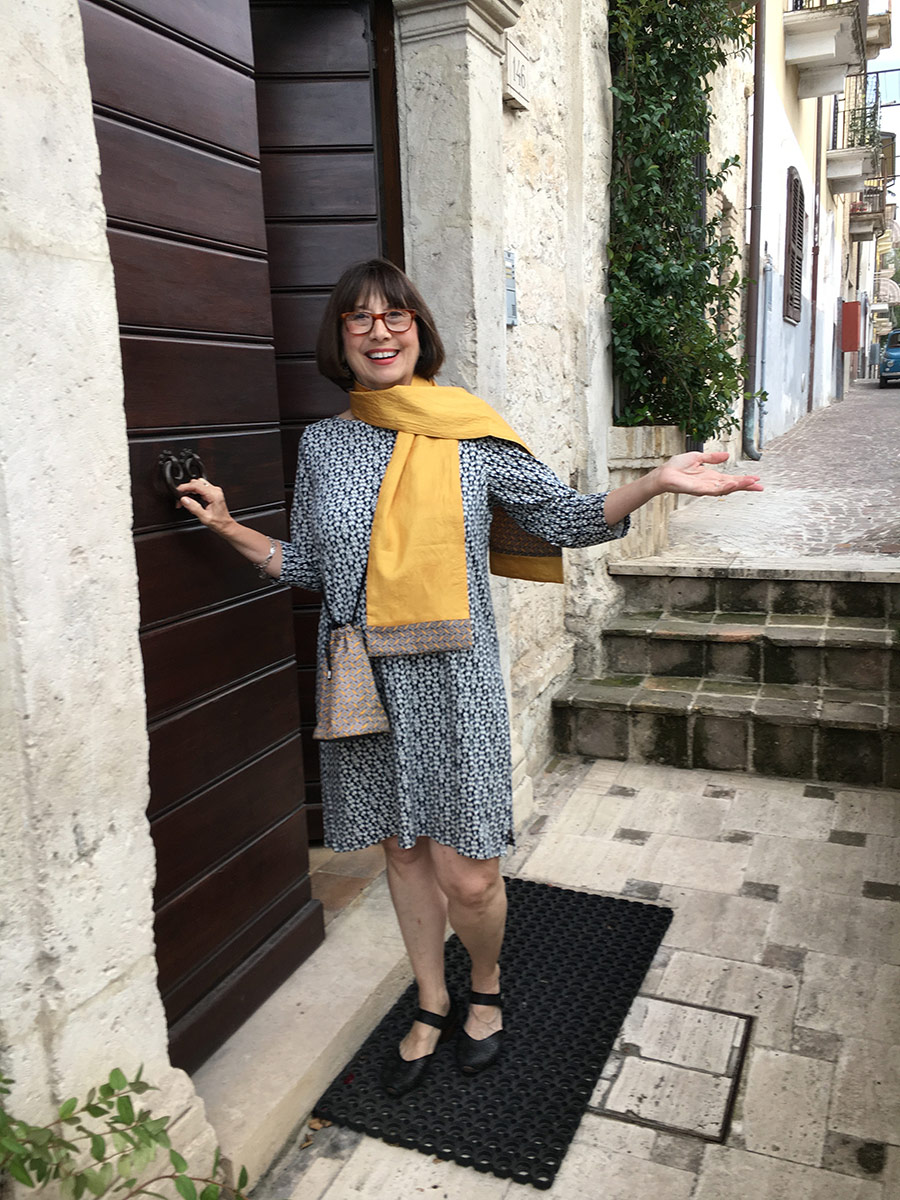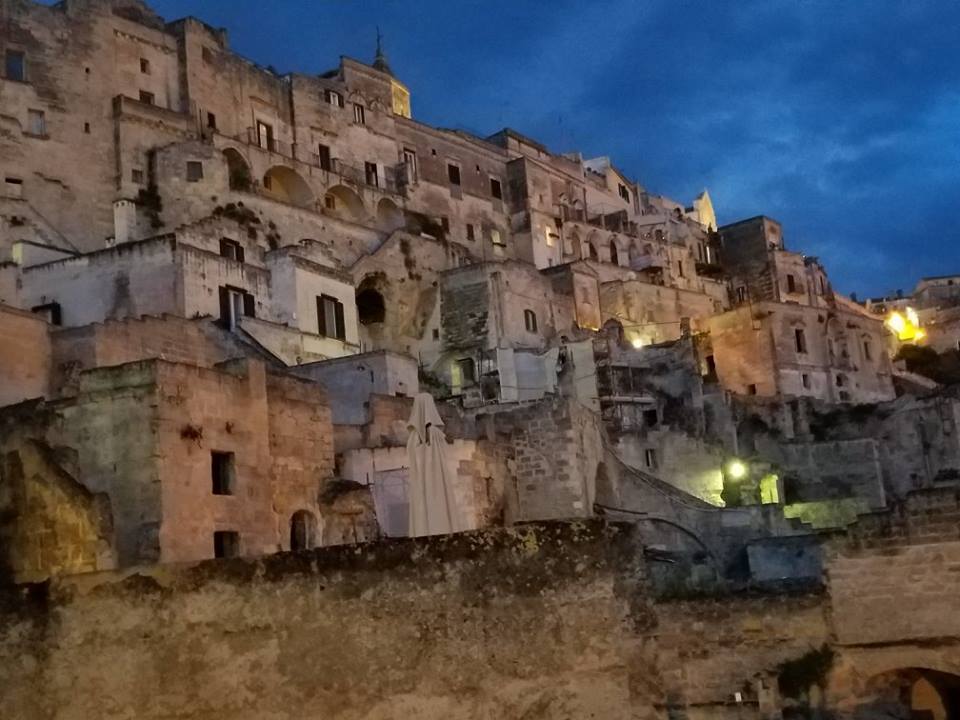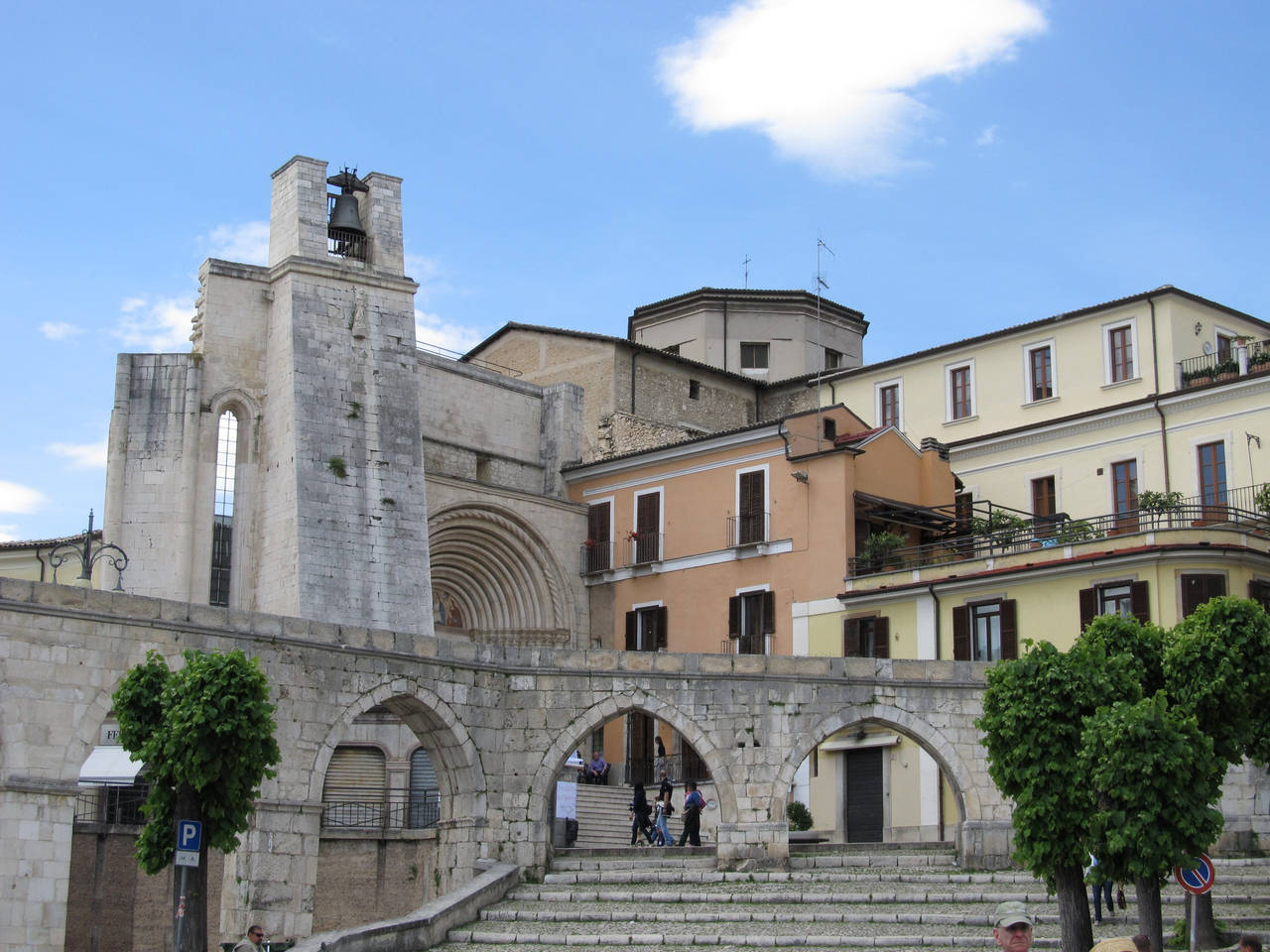In fair Verona, where we lay our scene . . . Prologue, Romeo and Juliet
It was our last day in Verona. Sadness all around. What to do?
We were meeting our friends from Milano for lunch and Tim and I agreed to go over to the train station, Porta Nuova, to meet them around noon. But first we decided (he decided) to take me on a seemingly 100-mile walk around town that would include all the historic churches of Verona, the Teatro Romano and surrounding structures, a jaunt across the Ponte della Pietra and back again, over to the station and finally, a return to Piazza delle Erbe and lunch. By the end of it my feet were killing me, but it was fantastic and I only squealed once, en route to the Chiesa di San Zeno Maggiore, which, honestly, I insisted on seeing.
We first stopped at the 12th Century Romanesque Duomo Santa Maria Marticolare, and after a while, headed off across the Ponte della Pietra, the old stone bridge that spans the Adige River. This led to the other side of the city and over to the Teatro Romano.
Then the usual happened. Tim met a fellow (a young Spaniard, this time) who was also a
talker and they wiled away an hour or two at the Teatro Romano while I snapped pictures and basked in the warm Italian sun. Soon it was getting close to noon and we had still to see San Zeno before hoofing it over to the station. They were both generally in the same direction, but we soon learned how far away an inch on a tourist map can really be!
San Zeno was magnificent. Named to honor Verona’s Patron saint — and housing the body of San Zeno, who died in the 4th Century — it is, like so many other long-standing churches, an amalgam of many styles and periods. It’s got a rose window, a cloister, a bell tower, a presbytery — the place is huge. We will have to go back, because we were running out of time and we couldn’t be too late to Porta Nuova to meet our friends. We actually sprinted in, like marathoners, about 5 minutes before the train from Milano arrived. I, of course, thought we’d take a taxi back to Piazza delle Erbe, but it turns out we were only a short distance away because we really had walked entirely around the city!
After a tasty lunch and lively conversation in the garden of Ristorante S. Eufemia just off the main shopping district between Piazza della Erbe and Piazza Brá, we found some good gelato and all stood around to take in the Saturday afternoon people watching. Before long, our friends headed back to the train and Milano and we headed off to get ready for the opera. The opera? How did this come about?! Well, rewind to yesterday’s lunch at another friend’s palazzo.
One of the really marvelous things about travel is that you can make friends for life. In 2003, eight of us rented a villa in a little Lombardian village called Sermide that is owned by the Castellani family of Sermide and Verona. We have since been back to Villa Castellani and also to Palazzo Castellani, the family’s home in Verona, and are honored to consider them friends of ours. In this day and age, so far removed from the patronage system that allowed the arts to flourish during the Renaissance, Ing. Luciano Castellani is about as close to my personal patron as one can get, and I am most grateful.
Knowing that we were going to end our 2011 Italy tour in Verona, Luciano and his family kindly invited Tim and me and our traveling companions to
Palazzo Castellani for lunch before we left for home. We arrived at 1:00 for a lovely garden reception, which included many of his family members and several friends whom we had met two years before, when he organized a reading for me at the palazzo (and also at the villa) to introduce my book to Italy. It was fantastic to sip prosecco and sample excellent cheeses and little sandwiches in such an exquisite setting. Soon we were ushered into the grand ballroom for a simple but elegant lunch of asparagus risotto, several local wines and two configurations of gelato. It was something out of a dream.
As we were saying our good-byes, Luciano introduced me to his son-in-law, who asked if I and my guests (6 of us in total) would be interested in attending a performance of the opera the following evening. Now, normally, the night before a departure is filled with packing and sadness and anxiety, but how could we refuse? What an elegant replacement for all those crazy emotions! We said yes, absolutely!
Shortly before 9:00 p.m., we found ourselves at the entrance to Palazzo Camozzini, which bills itself as “A historic palace for private events in Verona.” That doesn’t begin to describe it. The main hall, where the performance would take place, was covered in monochrome Neoclassic frescoes and sported a chandelier the likes of which I have not seen since The Phantom of the Opera. The room was set up for maybe 20 or 30 people, tops. There was a grand piano off to the side and a few tables of fresh flowers. Nothing more. I felt like a very special 18th Century dinner guest who was retiring to the drawing room after dessert for a private performance. And that, my friends, is exactly what it was. (That said, I apologize in advance for the quality of the photos in the villa — since the setting was so intimate, I did not want to haul out my large camera, so they were taken surreptitiously with my iPhone.)
Villa in Canto is the brainchild of Maestro Riccardo Serenelli, a wildly experienced and absolutely charming orchestra director and vocal coach who has performed throughout Italy. The program offers five performances each week, from April through August, of highlights from some of the best lyric operas. This season showcases Donizetti’s The Elixir of Love, Puccini’s La Boheme, Madame Butterfly and Tosca, Verdi’s La Traviata, and Rossini’s The Barber of Seville. We were privileged to hear excerpts from and explanations (in English, thanks to M˚ Serenelli) of The Elixir of Love. The voices were spectacular — Giorgia Paci as Adina, Carlo Giachetta as Nemorino (it doesn’t hurt that he looks like Antonio Banderas), Ferruccio Finetti as Neomorino and Michele Filanti as the always over-the-top Dulcamara, the seller of bogus elixirs. Supplemental characters were coaxed up from the audience, and we felt very much part of the scenes; the performers pulled us in on all the jokes and, when the main arias came, they were weep-worthy. What voices! Check out this short video of Elixir performances – the soprano and bass are different from the ones we saw, but you definitely get a sense of the ambience and virtuoso experience.
At intermission, prosecco was served (I love Italy!) and the Maestro talked with all of the guests. And at the end of the performance, the actors formed a receiving line of sorts, and greeted everyone who had come. It was a spectacular evening. Just being in the room would have been enough. Just hearing the piano would have been enough! Just hearing the voices would have been enough. As my Jewish friends would say, Dayenu! But we had it all. What a way to leave Italy. A night at the opera.
As we walked home under the stars, we were transfixed. Tim — who, after a very mediocre performance of Butterfly a
few months prior, allowed as how he didn’t care if he ever saw another opera again — was eager to give it another try. He hummed one of the principal arias all the way home. We turned from the quiet via San Salvatore Vecchio and onto Piazza delle Erbe with the passeggiatta in full swing at 11:00 p.m., and were plunged into yet another aspect of the magic of Italy. Parting is, indeed, such sweet sorrow.
Buon viaggio!

Linda Dini Jenkins is a card-carrying Italophile, travel planner, freelance writer, and amateur photographer. Travel is her passion, so writing about her travels just comes naturally. She hopes all her travelers find a way to express their joys, surprises, and fears as they travel and gives every traveler a nifty journal to help smooth the way. Learn more…









